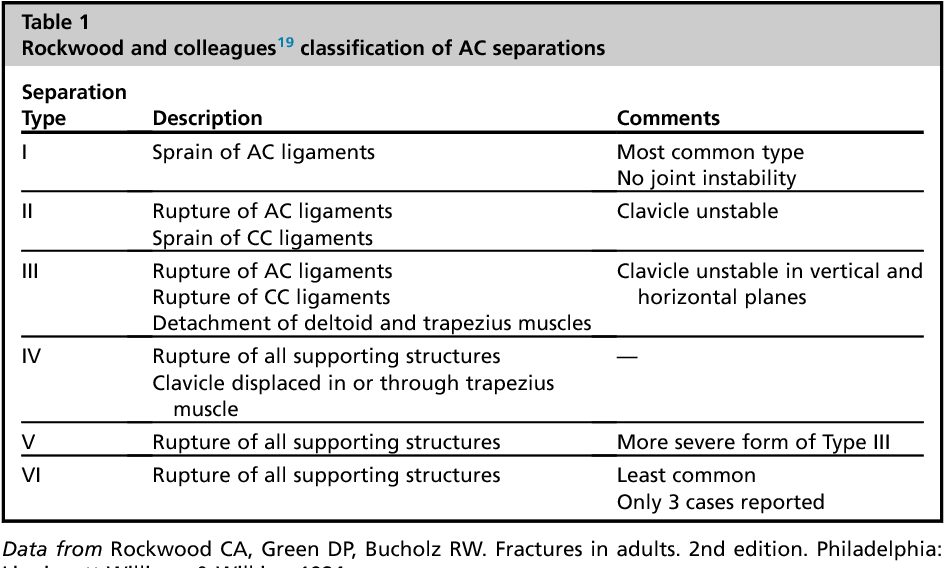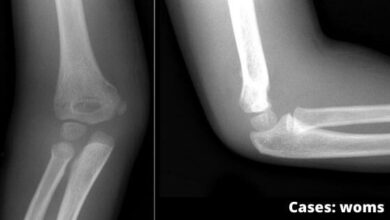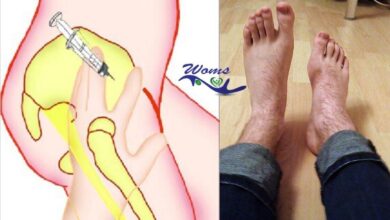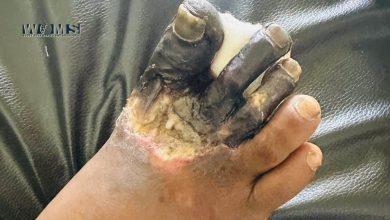Case: shoulder injury following the bike accident
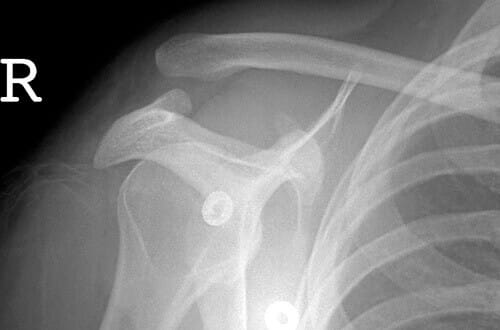
Discussion
The radiograph shows a grade 3AC separation. Recommended treatment involves a sling for 10 days with early motion, in certain cases, surgery may be necessary according to severity.
AC separations typically occur from an injury to the top or front area of the shoulder, often following a fall sustained during a high-velocity sport such as biking or sikiing. Similar to a patient with a shoulder dislocation, the patient with an AC separation will have a visible deformity and will be guarding the shoulder, however, upon a closer examination range of motion will not be as limited and there will be focal tenderness in the AC joint. The mechanism of injury is often different than with a shoulder dislocation as the mechanism of shoulder dislocation occurs when the arm is pulled backward wrongly.
Testing for an AC separation involves radiography. If shoulder dislocation remains a concern after examination, a shoulder series can be ordered. If the provider is fairly confident about an AC separation, an AC view with or without a comparison view can then be ordered. There are 6 types of AC separation, primarily differentiated by radio-graph. Types 4, 5 and 6 are rare; type 3 demonstrates >1 cm separation, type 2 demonstrates 0 to 1 cm separation, and type 1 presents with tenderness but normal imagining findings.
Treatment
Treatment is conservative for most of AC separations including types 1, 2, and 3. Surgery is recommended for some type 3 cases and most cases types 4, 5, and 6. There is no urgency for repair; patients seen in the emergency department can be refereed to an orthopedist for follow up care.
The patient was discharged with orthopedic follow-up care for a type 3 AC separation. He did not require surgery.
Table: types of AC joint separation
